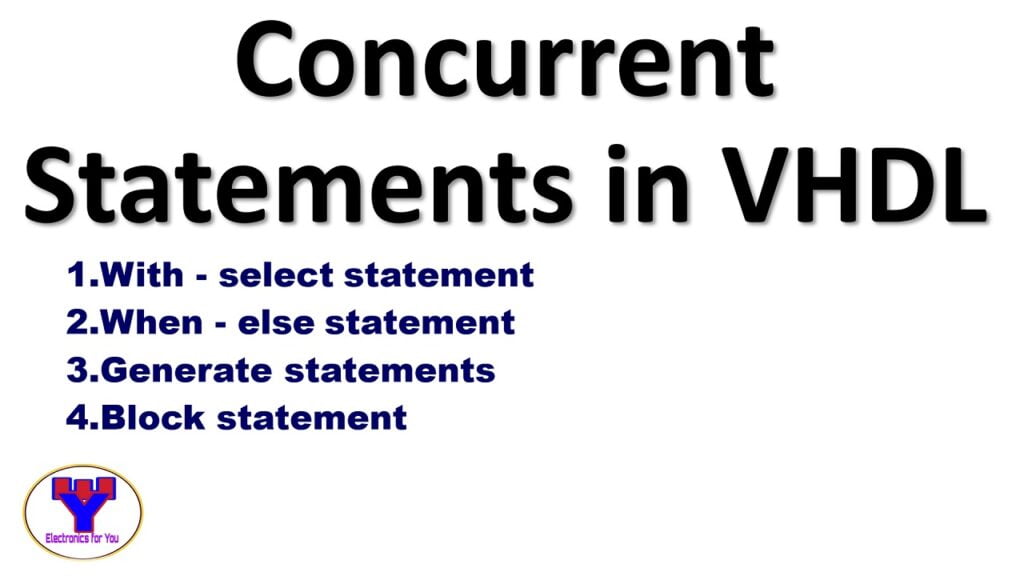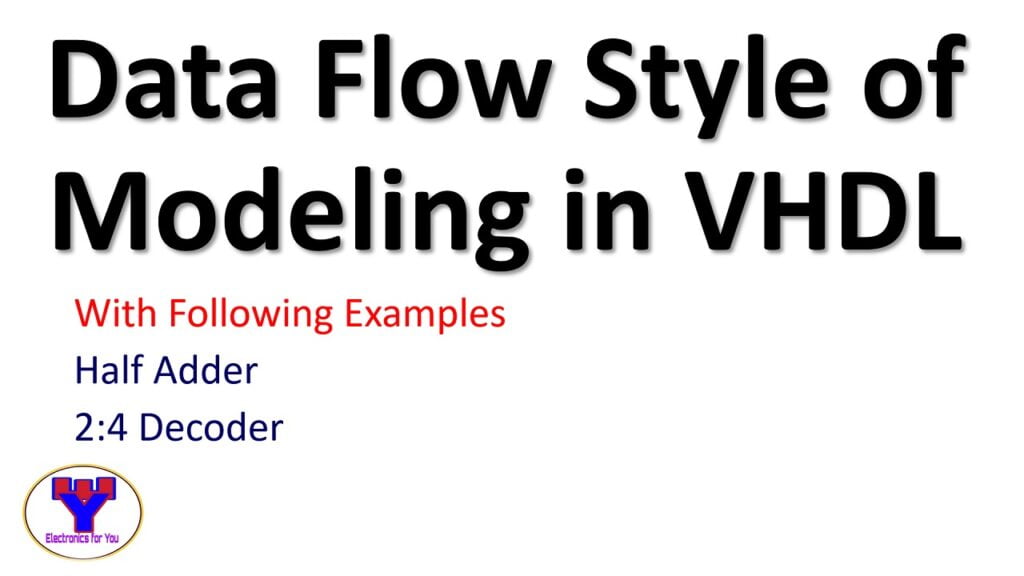Subprograms in VHDL
This article describes the two kinds of subprograms in VHDL: procedures and functions. A function call can be used within an expression. A procedure call may be a sequential or a concurrent statement. It is possible for two or more subprograms to have the same name. This is called overloading. Subprograms A subprogram defines a […]










